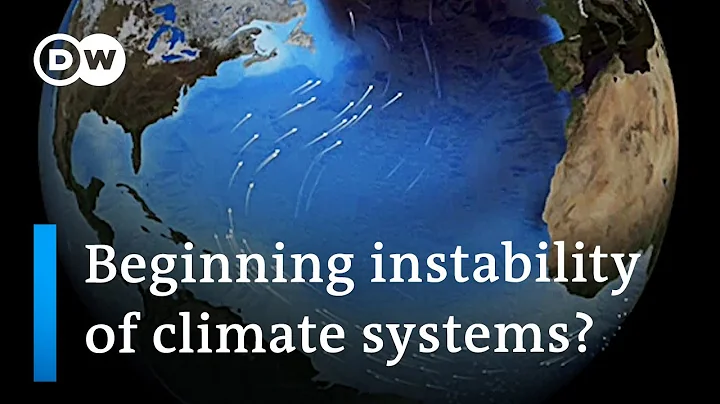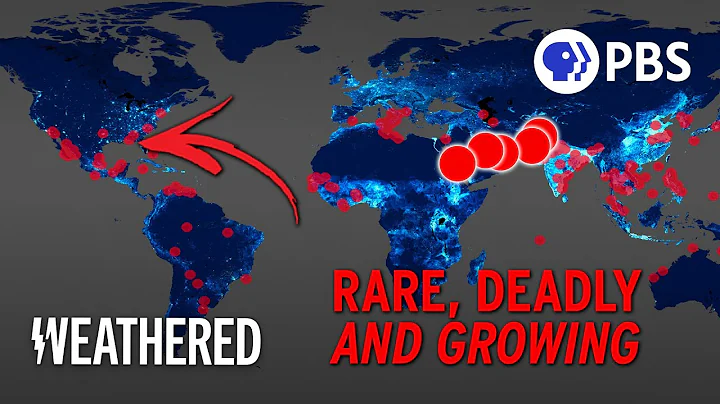
In the early morning of June 30, 1908, several residents near the Tunguska River in Podkamennaya witnessed a strange and terrifying phenomenon. From the open sky, a fireball roared down to the earth, burning everything in its path with blazing heat. This is how some eyewitnesses describe the mysterious Tunguska meteorite crash that still baffles the minds of curious scientists trying to unlock its secrets.
The First Expedition
Only 13 years later, the Soviet Union organized the first expedition to the remote region of Krasnoyarsk, the site of the largest space object in recent history to land on the Earth's surface.
This happened after a team of scientists decided to check the accuracy of reports that there were traces of "meteors" in the area.
The organizer of a scientific trip to the alleged crash site of the Tunguska meteorite was the Soviet mineralogist Leonid Kulik, with whose help the Meteorites Department was established at the Mineralogical Museum.
In 1921, with the support of academicians Vladimir Vernadsky and Alexander Fersman, Kulik and his colleague Pyotr Dravert began to search for stone aliens from outer space.
During this trip, the scientists were not able to find the exact location where the Tunguska meteorite fell, but they had eyewitness accounts that shed at least some light on their subject of interest.
The results of this trip did not satisfy Leonid Kulik, who was ignited by the idea of discovering the fragments and craters formed after the Tunguska meteorite fell.
To this end, between 1927 and 1939, he organized as many as 6 scientific expeditions, each of which made his own discoveries and calculations.
Expeditions of 1927-1939
In April 1927, Kulik set out for the area of the Vanovaara trading post, where it had been calculated that there should be real evidence of the Tunguska meteorite fall, and Kulik visited the Hradni Ridge.
It was from his height that he saw firsthand the scale of the consequences of a celestial arrival. A vast area of approximately 2,000 square kilometers to the south, east and west of the Hradni Ridge was completely cleared of mature forest, parallel to the southern peaks. Only in the center of the presumed site of the Tunguska meteorite fall are trees without bark and branches.
From the same height, you can see the huge "burnt area". He explained its combustion not by an explosion, but by the action of a compressed hot air cushion in front of the meteorite , the celestial body breaking through the limits of the earth.
The scientist argued that during subsequent inspections, aerial photography of the area should be carried out to capture the size and direction of the windbreak, which would help study the role of air waves.
On the northeastern side of the basin, Kulik discovered flattened, circular marsh funnels that looked like lunar craters. In his opinion, they consist of a group of individual chunks that separated from the meteorite when it landed.
believed that meteorite fragments were at the bottom of these funnels, and he insisted on conducting magnetic measurements within the strange depressions because he believed that the multi-ton Tunguska meteorite had iron properties.
At the site of the fireball's fall, the Kulik expedition discovered tiny magnetite and silicate spheres and documented an increase in elemental content, confirming the cosmic nature of the origin of the fallen material.
In an attempt to incorrectly link the Tunguska meteorite's fall to the flyby of Comet Ponce-Winnecke, Kulick ignored eyewitness observations of the fireball's trajectory. Additionally, he made a mistake in assessing the size of burns because he assumed that fallen trees lying under deep snow would be burned, and also misinterpreted swamp formations, mistaking them for volcanoes mouth.
Without the outbreak of the Patriotic War in his scientific program, Leonid Kulik himself might have corrected his misunderstandings and found out the truth about the origin and mysterious disappearance of the Tunguska meteorite fragments.Went to the front as a volunteer, he never returned home, but other Soviet scientists continued his work.
Post-war expedition
In 1958, the Meteorite Committee of the Soviet Academy of Sciences formed the first post-war expedition to study the Tunguska meteorite. In the process, it turned out that the depression Kulik photographed for the Fireball Crater was anything but. In addition, they never found the central funnel where the meteor's main body was supposed to have fallen.
In this regard, scientists have proposed that the Tunguska space shuttle is not a simple meteorite, but some kind of alien object that exploded in the earth's atmosphere.
Research on this problem was carried out by the "Complex Amateur Expedition to Study the Tunguska Meteorite" consisting of Nikolai Vasilyev and Gennady Plekhanov. It included experts from across the Soviet Union who attempted to determine the nature of the Tunguska object, and a large portion of scientists favored the hypothesis of its artificial rather than natural origin.
Expedition Zolotov
From 1959 to 1986, Alexey Zolotov's team conducted 12 expeditions to the Tunguska meteorite crash site, despite official commissions. Members of his unit collected samples of living and dead trees to study their radioactivity, as well as perform elemental and isotope analysis of their growth rings.
They specified the direction of the fall, examined all its nuances in detail and carried out magnetometric studies.
From the book by Viktor Zhuravlev and Felix Siegel, Zolotov was searching for "the wreckage of a Martian ship" on his scientific voyage, and he believed that windbreaks, fires, and The blast wave was caused by the arrival of Mars. Aliens, not ordinary meteorites falling.
A modern vision
Russian researchers from the Institute of Atmospheric Physics of the Russian Academy of Sciences, along with their colleagues from NASA , favor an icy version of the Tunguska meteorite, which penetrated the dense layer of the atmosphere and released ice particles and water molecules , they form rare silvery clouds in the upper atmosphere. It is precisely because the body of the fireball "melted" in the air that no meteorite fragments have been found on the surface of the earth despite two powerful shock waves.
At the same time, scientist Ivan Murzinov believes that the Tunguska meteorite was a huge stony meteoroid that exploded at a height of 30-40 kilometers after collapsing under high pressure. Small fragments of the fireball melt from the intense heat, while larger fragments may disperse thousands of kilometers from the epicenter of the fall or even be reflected from the atmosphere back into space. Due to the heat released by the explosion, the forest caught fire and trees were knocked down by the shock wave.
![Climate Change - A Short Film [4K] - DayDayNews](https://i.ytimg.com/vi/jAa58N4Jlos/hq720.jpg?sqp=-oaymwEcCNAFEJQDSFXyq4qpAw4IARUAAIhCGAFwAcABBg==&rs=AOn4CLDLeHdqW6-THKB0KlowSBmJVH5rPw)
![Climate Change - A Short Film [4K] - DayDayNews](https://cdn-dd.daydaynews.cc/img/play.svg)



















